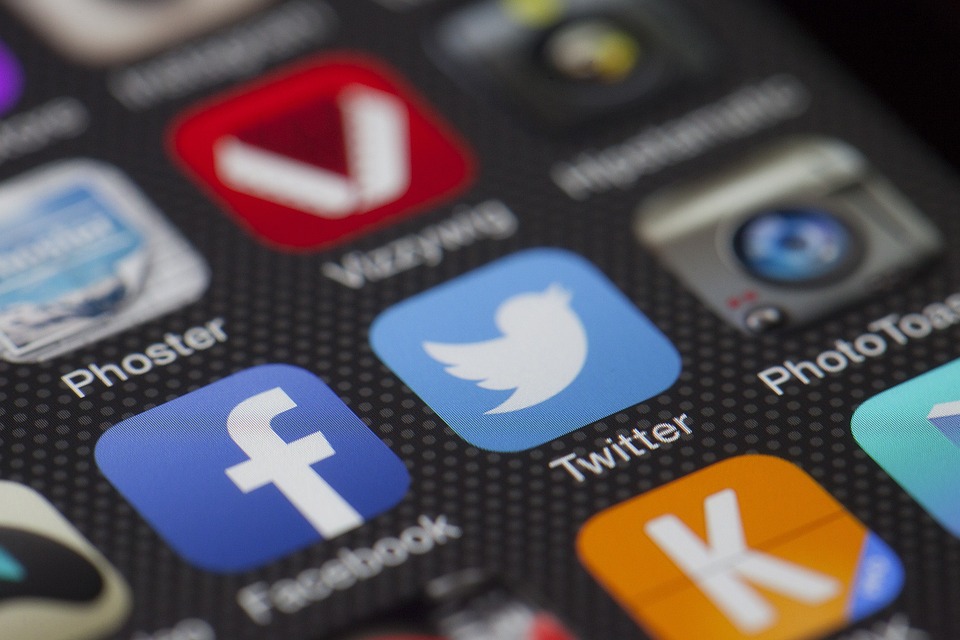The Influence of Social Realism on Modern Society and Culture
Social realism is an artistic movement that emerged in the early 20th century, depicting the everyday lives of ordinary people in a realistic and unidealized manner. It sought to convey the struggles, hardships, and injustices faced by the working class, and often focused on social and political themes. The influence of social realism on modern society and culture can be seen in a variety of ways, from art and literature to film and television.
Art and Literature
In the world of art and literature, social realism has had a profound influence on modern society and culture. Artists and writers have used the principles of social realism to create works that reflect the realities of everyday life, often addressing political and social issues. For example, the works of artists such as Diego Rivera and Dorothea Lange captured the struggles of the working class during the Great Depression, while writers like John Steinbeck and Richard Wright focused on themes of poverty, oppression, and discrimination.
Social realism continues to influence contemporary artists and writers, who use their work to shed light on pressing social issues such as income inequality, homelessness, and racial injustice. By portraying real-life experiences and emotions in their art and literature, these creators are able to connect with audiences on a deeper level and provoke thought and discussion about important societal issues.
Film and Television
The influence of social realism can also be seen in the world of film and television. Many filmmakers and television producers have drawn inspiration from the principles of social realism to create works that resonate with modern audiences. Films such as “The Grapes of Wrath” and “Norma Rae” tackle social and political themes head-on, while television shows like “The Wire” and “Breaking Bad” explore the dark underbelly of society.
These works often depict the struggles of everyday people, showcasing their triumphs and tragedies in a realistic and unvarnished manner. By portraying the complexities of human existence in this way, filmmakers and television producers are able to connect with audiences on a deep emotional level, prompting them to think critically about the world around them.
Activism and Social Change
One of the most significant ways in which social realism has influenced modern society and culture is through activism and social change. By shining a light on the struggles and injustices faced by marginalized communities, social realism has inspired countless individuals to take action and work towards a more just and equitable society.
Artists, writers, filmmakers, and television producers have used their platforms to raise awareness about pressing social issues and advocate for change. From organizing protests and rallies to launching campaigns and initiatives, these creators have played a crucial role in driving social change and pushing for a more inclusive and equitable society.
In conclusion, the influence of social realism on modern society and culture is undeniable. From art and literature to film and television, social realism has shaped the way we perceive and engage with the world around us. By depicting the struggles and triumphs of ordinary people in a realistic and unidealized manner, creators have been able to connect with audiences on a deeper level and inspire them to think critically about pressing social issues. As we continue to navigate the complexities of the modern world, the principles of social realism will undoubtedly continue to influence and shape our society and culture for years to come.
